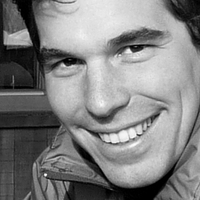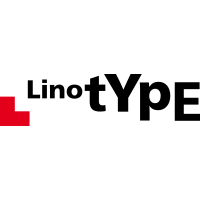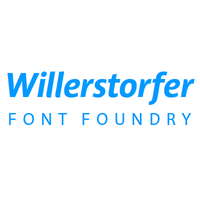
It is starting to sound like a running gag – a good one, that is – but yet another Gold Prize for European Design Awards 2010), and Stefan Willerstorfer's Acorde (Bronze), the three type designers were honoured at the tenth Joseph Binder Award. This competition is Austria's sole international award for graphic design and illustration. All three are alumni from the two best known postgraduate type design programs: Dan received his MA Typeface Design at the University of Reading, and both Thomas and Stefan completed the Type Design course Type and Media with a Master of Design degree at KABK. The award ceremony took place on November 10th, 2010, at Ovalhalle, MuseumsQuartier Wien.

The full line-up of winners at the Joseph Binder Award 2010, with the three winning type designers highlighted. Typefaces used: Hydra Text (new OT version!) and arrow from Mayo (relatively new OT Pro version).
designaustria (DA) is Austria's only professional association and service organization representing the interests of designers from all the creative disciplines – graphic design and illustration, product design, and web design. It has been organising this biannual international design competition since 1996. This year the jury was chaired by Dutch design icon Gert Dumbar, and consisting of renowned international experts like art director and publication designer Lo Breier, and advertising and media illustrator Olaf Hajek. Joining them were Susanne Breitfeld (BDG), Michaela Varin (SGD), and Jürgen Grothues (AGD), who supported the jury not only with their expertise as communication designers, but also with their knowledge gained during their involvement of many years in the national design associations of their respective countries. The jury selected the winning submissions, as well as an additional number of outstanding works for the catalogue.

From left to right, Thomas Gabriel (Premiéra, Silver Award), Dan Reynolds (Malabar, Gold Award), and Stefan Willerstorfer (Acorde, Bronze Award).
The jury evaluated 447 submissions by 206 entrants from 16 countries. 63 projects were shortlisted, 24 of which were awarded trophies in gold (8), silver (7), and bronze (9); the remaining 39 projects received an honourable mention. Most submissions came from Austria (245), Germany (152), and Switzerland (22); the rest of Europe was represented by submissions from Luxembourg, the Netherlands, Sweden, Great Britain, France, Spain, Hungary, Croatia, and Ukraine. Submissions from overseas came from India, China, South Korea, and the United States. The submitted entries were assigned to individual categories as follows:
Corporate (63)Communication (71)Orientation and Signage (15)Type (13)Poster (65)Editorial (117)Packaging (38)Design Fiction (42)
This last category was open for independent, non-commercial, and unrealised projects, so most of its entries came from students.

The Joseph Binder Award trophy, displayed by Dan Reynolds.

Malabar
Gold Award| designed by Dan Reynolds (Linotype)
Malabar specimen.




Development sketches and test prints for Malabar.
Malabar is a multi-script typeface family enabling extensive text setting. The family originated as part of Dan Reynolds MA research in Typeface Design at the University of Reading in the UK. It was developed for use in contemporary Indian newspapers – both the Hindi and the English press. With both Latin and Devanagari, Malabar supports two of the most widely-spoken languages in the world – English and Hindi – as well as a host of others, including the majority of European and several Indian languages, such as Marathi, Nepali, and Sanskrit. In recent years, newspapers have increasingly emphasised typeface choice as a key element of their overall brand. Additionally, Malabar may interest publishers of bilingual works.
One of the typeface's strengths is the harmony between the Latin and Devanagari components; each was designed to work alongside the other, as well as stand firmly alone. A strong diagonal axis is apparent within the curves of the letter forms. Sturdy serifs help strengthen the line of text in small point sizes. The x-height is very high, a deliberate choice that make the most important parts of lowercase letters visibly larger in tiny text. The height of the capital letters is also rather diminutive, allowing for better character fit.
In a design with more than one script, each component must work suitably alongside the others, as well as perform capably alone. For its regular font, Malabar includes a seriffed roman, small caps, and a Devanagari character set all equally suited to the setting of reader-friendly text. Additional family members assist for English and other European language typesetting: an Italic, a Bold and Bold Italic, as well as Heavy and Heavy Italic cuts for headlines. Diacritical marks and additional alphabetic forms required by many Western, Central, and Eastern European languages are naturally a part of the character set, including those needed in the Baltic states, for Romanian, and for Turkish.
Premiéra
Silver Award| designed by Thomas Gabriel (Typejockeys)



Premiéra specimen booklet.


Development sketches and test prints for Premiéra.



Various examples of Premiéra in use.
Premiéra is a book typeface specifically developed for use in small point sizes. The pronounced x-height, and short ascenders and descenders result in an exceptional legibility, and an elegance appearance. The family comprises three cuts – Book, Bold, and Italic. Various details and pleasant shapes create an aesthetic text image – whether at 5 or 500 pt. The family includes numerals for a whole range of diverse applications, as well as an extended set of ligatures. Small caps allow for the harmonious integration of series of capital letters in running text. Designers can choose between alternate shapes for the capital R and K.
Acorde
Bronze Award| designed by Stefan Willerstorfer (Willerstorfer Font Foundry)


Overview and specimen for Acorde.



Development sketches and test prints for Acorde.


Overview of styles and weights for Acorde.
Acorde was conceived in 2005 as Stefan Willerstorfer's final project in the Type and Media course at the Royal Academy of Art in The Hague (NL). This humanist sans serif with noticeable diagonal contrast clearly shows the influence of the broad-nibbed pen, especially in the italics. Characteristic details lend this typeface a unique character in large sizes, and contribute to an optimal legibility in small text. It is a reliable workhorse for large, demanding design projects. Designed for use in very varied conditions, from small continuous text to large headlines and signage, its name is derived froma corporatedesign typeface. However Acorde is not only suitable for corporate design programmes, but for information design and editorial design purposes as well.
Acorde is available in seven weights in Roman and Italic each, from Regular to Extrablack – that is 14 styles in total. The huge character set contains 925 glyphs per font and covers a vast range of Latin-based languages. The fonts include small caps and eleven sets of numerals. OpenType features allow for a comfortable use of the large set.
designaustria
designaustria was founded as early as 1927 as Bund Österreichischer Gebrauchsgraphiker (BÖG). Outstanding artists' personalities, such as the illustrator Alfred Kubin, the typographer Rudolf von Larisch, and Joseph Binder, a pioneer of modern Austrian graphic design, numbered among its members. Today, renowned designers such as Stefan Sagmeister or Ferdinand A. Porsche continue this tradition.
In 1992 the association opened up to embrace also other fields of design, apart from graphics. This was due to an increasingly interdisciplinary professional approach and because of the fact that individual creative processes are at the basis of all design activity. Today, designaustria has some 1,300 members from all design disciplines, most of whom work as freelance designers.
Events are held regularly in Austria and abroad; besides comprehensive exhibitions meant to promote Austrian design and a variety of small-scale presentations, designaustria has been the host of the designforum MQ together with the Austrian Design Foundation since late 2005. designaustria organizes international and national design competitions, such as the Joseph Binder Award, the Romulus Candea Prize, and the Adolf Loos National Design Prize.






